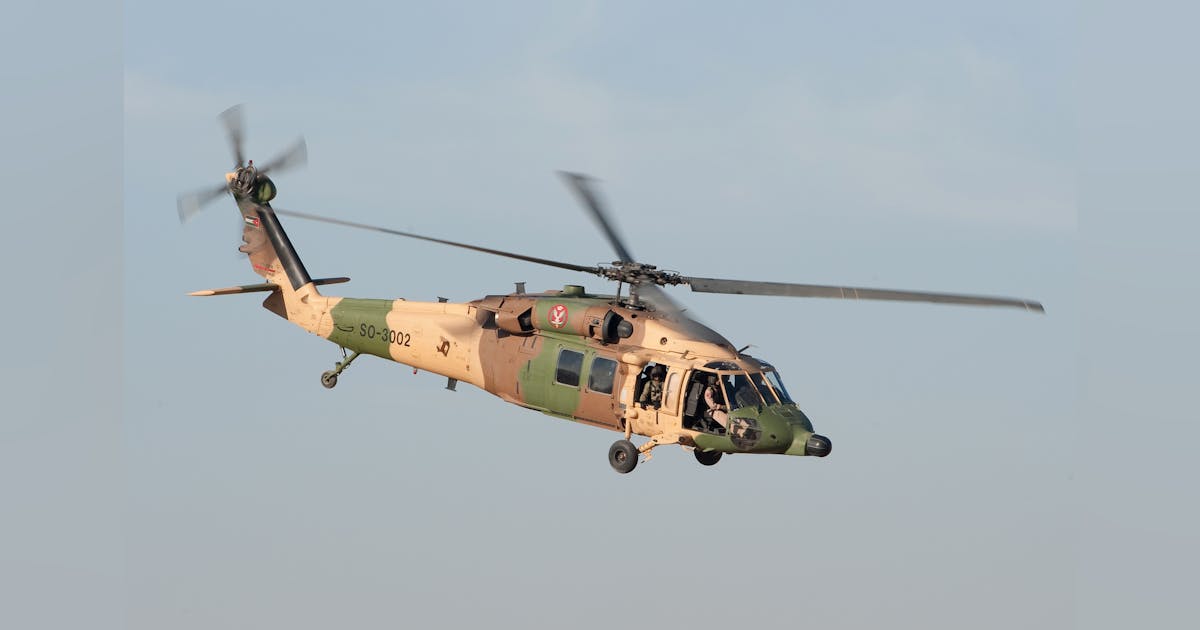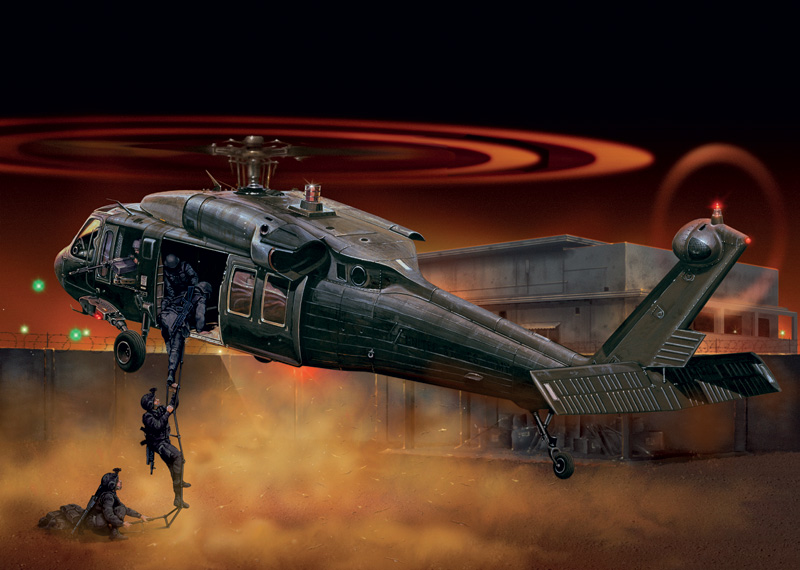Above and Beyond: Uh-60 Black Hawk Mission Planning and Implementation Fundamentals
Above and Beyond: Uh-60 Black Hawk Mission Planning and Implementation Fundamentals
Blog Article
The UH-60 Helicopter: Navigating Through Its History, Layout, and Significant Duty in Aeronautics
The UH-60 helicopter, usually referred to as the Black Hawk, stands as a testimony to the advancements in aviation modern technology and its indisputable influence on both civilian and military operations. From its humble beginnings to its present standing as an icon of reliability and flexibility, the development of the UH-60 has actually been noted by continuous advancement and adjustment to satisfy the progressing requirements of the aeronautics sector. As we dive right into its history, layout intricacies, and the critical function it plays in numerous sectors, a much deeper admiration for this iconic helicopter arises, clarifying the substantial contributions it has made to the realm of aeronautics.
Development of the UH-60 Helicopter

The development of the UH-60 helicopter can be mapped back to the requirement for a functional and reputable energy aircraft that can satisfy the requiring needs of contemporary army operations. Established by Sikorsky Airplane, the UH-60 Black Hawk first took flight in 1974, with the U.S. Military becoming its key operator. Throughout the years, the UH-60 has actually undergone a number of upgrades and versions to improve its capacities and performance.

Layout Advancements and Features

In Addition, the UH-60 features an advanced avionics collection that includes sophisticated navigation systems, communication equipment, and electronic display screens. These technical innovations boost situational recognition for the staff, boosting general objective efficiency and security. The helicopter's spacious cabin design facilitates simple and quick loading and discharging of troops, equipment, and casualties, making it a versatile asset for army procedures and catastrophe relief initiatives.
In addition, the consolidation of composite materials in essential structural components reduces weight while maintaining toughness, raising the UH-60's performance and gas efficiency. The UH-60 helicopter's cutting-edge design elements jointly add to its track record as a trusted and highly qualified airplane in both armed forces and noncombatant aeronautics markets.
Noncombatant and armed forces Applications
With versatile abilities matched for an array of functional demands, the UH-60 helicopter offers both military and noncombatant sectors efficiently. The UH-60's advanced avionics, defensive systems, and look what i found versatility have actually strengthened its placement as a keystone of army helicopter fleets.
In the noncombatant field, the UH-60 offers a plethora of objectives, consisting of firefighting, police, emergency situation clinical solutions, and company transport. Its dependability, ability to move, and sizable cabin make it a popular choice for utility objectives. Furthermore, the UH-60's versatility for VIP transportation and offshore operations better highlight its significance in private applications. Whether in armed forces or noncombatant usage, the UH-60 helicopter continues to verify its worth as a functional and important airborne platform.
Influence On Aeronautics Workflow
Having developed its significance in private and military applications, the UH-60 helicopter's effect on aeronautics operations expands beyond its flexible abilities to affect a broad selection of aerial goals. In military setups, the UH-60 plays an important duty in troop transport, rescue and search procedures, medical emptying, and unique operations support. Its capacity to swiftly navigate varied terrains and negative weather makes it a valuable possession in ensuring objective success and personnel security. In addition, the UH-60's versatility enables for fast release and removal of troops in battle zone, boosting operational efficiency and agility.
In noncombatant procedures, the UH-60 offers various important functions, such as firefighting, police support, catastrophe alleviation initiatives, and airborne surveys. uh-60. Its flexibility allows quick responses to emergency situations and all-natural disasters, aiding in saving lives and securing communities. Furthermore, the UH-60's dependability and endurance make it a preferred option for energy missions, consisting of transport of cargo and personnel to remote areas. On the whole, the UH-60 helicopter dramatically influences air travel operations by giving unparalleled abilities and support throughout a broad spectrum of goals.
Future Dopes and Prospects
The advancement of the UH-60 helicopter is poised to reinvent aviation capacities and reshape functional paradigms in the coming years. Improvements in technology and layout are driving the development of next-generation UH-60 versions that promise raised rate, mission, and dexterity versatility. One key location of emphasis for future UH-60 designs is improving self-governing capabilities to enhance functional performance and safety. By including advanced autonomous trip systems, the UH-60 can reduce pilot workload, enable intricate goals in tough settings, and improve overall goal performance.
Additionally, there is a growing emphasis on sustainability and fuel efficiency in the design of future UH-60 helicopters (uh-60). Manufacturers are exploring brand-new products, propulsion systems, and aerodynamic enhancements to reduce ecological influence and operating expense. These advancements not just profit the setting yet likewise add to the long-lasting feasibility and competition of the UH-60 in the quickly progressing aeronautics sector
Conclusion

The UH-60 helicopter, frequently referred to as the Black Hawk, stands as a testament to the advancements in aviation technology and its undeniable impact on both civilian and military procedures.Having actually developed its significance in military and civilian applications, the UH-60 helicopter's impact on air travel operations expands past its flexible abilities to affect a broad array of aerial goals. Overall, the UH-60 helicopter substantially impacts air see page travel operations by providing unparalleled abilities and assistance across a broad spectrum of objectives.
The development of the UH-60 helicopter is poised to reinvent aviation capacities and reshape operational standards in the coming years. As innovation continues to breakthrough, the future advancements and potential customers for the UH-60 helicopter remain encouraging, ensuring its ongoing importance in the field of aeronautics.
Report this page